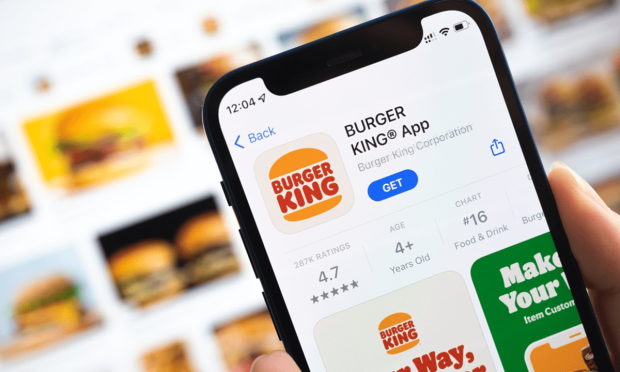Burger King, Popeyes Parent Cuts App Load Times 52% to Boost Digital Orders

Driving digital sales is about more than just offering a range of fulfillment options and incentivizing purchases with loyalty rewards — it is also about consumers’ experience in the app itself. And one thing consumers like is speed.
Restaurant Brands International, the parent company of Burger King, Tim Hortons, Popeyes and Firehouse Subs, is meeting that need for speed and driving mobile orders across brands by reducing loading times in their apps.
The company shared on its second-quarter earnings call with analysts on Thursday (Aug. 4) how it is updating the mobile experience.
“This quarter, we moved the Popeyes app to a more modern codebase improving loading times by up to 52% thus far, a statistic that, importantly, is highly correlated to app usage and orders,” Chief Operating Officer Joshua Kobza said. “We’re planning to roll out the similar speed upgrades to Burger King and Tim Hortons in the coming months.”
Having an easy-to-navigate app or website is a significant factor when deciding between quick-service restaurants (QSRs) for more than one in six consumers, according to data from the March/April edition of PYMNTS’ Digital Divide series, “The Digital Divide: Regional Variations in U.S. Food Ordering Trends and Digital Adoption.” The study, created in collaboration with Paytronix, which drew from a February survey of more than 2,500 U.S. adults, found that digital ease of use is important to more QSR customers than the delivery service’s quality or the time spent waiting in lines at the restaurant.
Read more: New Research Shows That Regional Dining Quirks Matter in Tailoring Restaurant Offers
Additionally, boosting mobile sales is key for major restaurant brands, as the majority are quite reliant on their digital channels, according to data from the 2022 edition of the Restaurant Readiness Index, also a PYMNTS and Paytronix collaboration.
Read more: More Than Half of Restaurants Depend on Digital Sales, Despite Uptick in On-Premises Orders
The study, which drew from a survey of more than 500 managers of FSRs and QSRs across the country, found that nearly six in 10 restaurant companies whose annual revenue exceeded $1 million generated at least 25% of their sales online and 37% generated half or more of their sales this way.
As Restaurant Brands International looks to drive digital sales, it is also modifying its physical restaurants to accommodate this shift.
“While we’re making progress in guest and restaurant technology, we’re thinking about how we can evolve our restaurant designs to facilitate digital orders and unlock more throughput as more transactions come through the drive thru and other off-premise channels,” Kobza said.
He cited the company’s tests of drive-thru locations with lanes designated for mobile order pickup as well as of walk-up windows for mobile customers and delivery drivers. Many brands have been testing mobile drive-thru lanes in the recent past, looking to capitalize on both the shift to digital and the uptick in drive-thru ordering seen since March 2020.
However, if competitor McDonald’s results are any indication, it appears the growth of the drive-thru channel may have been at least partially a short-term shift, with many consumers now returning to pre-pandemic dining habits.
“During COVID … we had a significant shift in channels from front counter to things like delivery and drive-through and that increased the number of people per order,” McDonalds Chief Financial Officer Kevin Ozan told analysts on a call last week (July 26). “What we’re now seeing in the U.S. but also around the world is a little bit back to some normal channels as restaurants open up.”
